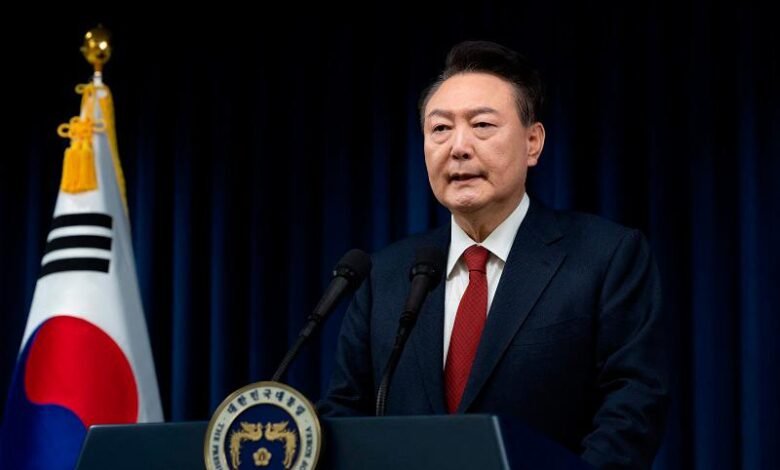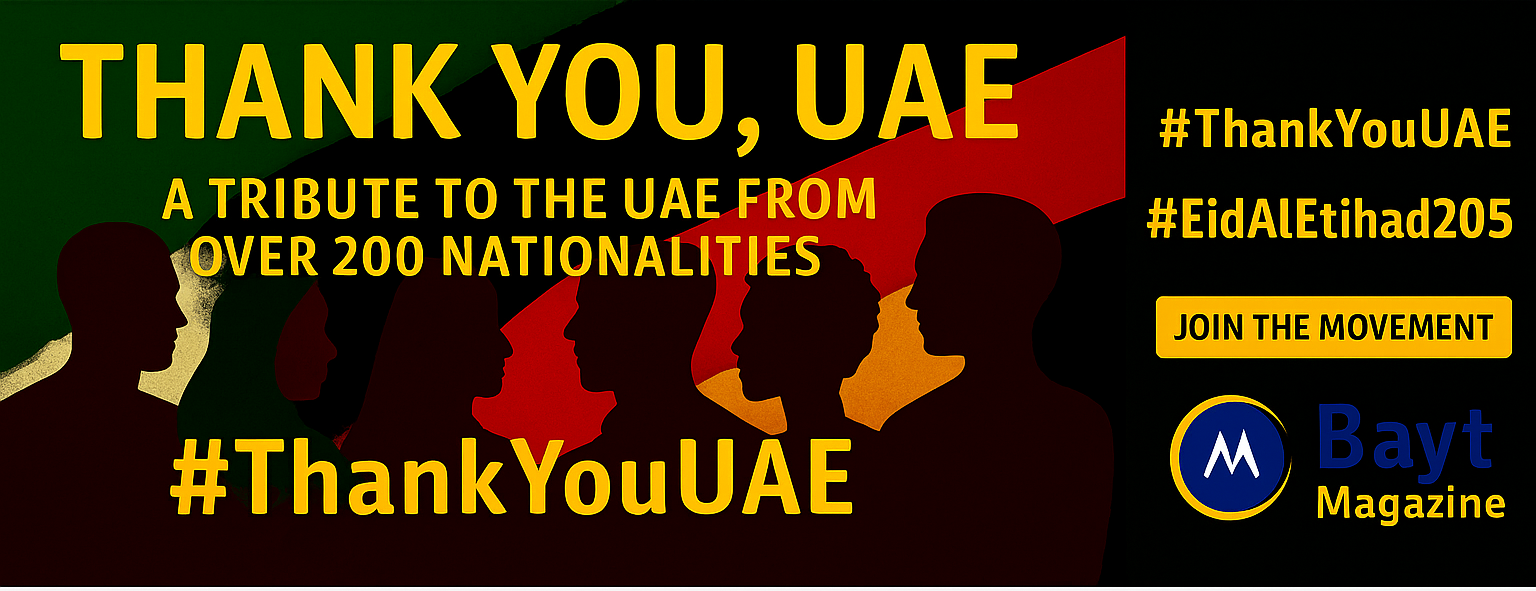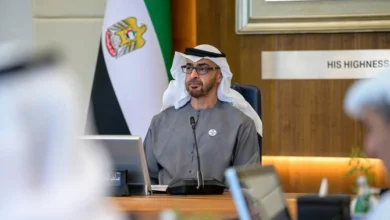
South Korea’s Leadership Turmoil: President Yoon Faces Travel Ban
President Yoon of South Korea now faces a travel ban, creating a constitutional crisis never seen before in the country’s democratic history. No sitting president has ever had their movements legally restricted until now. The crisis emerges from a widening probe into alleged corruption and power abuse that could shake one of Asia’s strongest democracies.
The government imposed this travel restriction after a failed martial law declaration attempt. Citizens have taken to the streets in protest nationwide. This new limit on presidential power has sparked fierce debates about government authority. Many worry about South Korea’s political stability and what it means for their security partnerships with the United States.
Unprecedented Travel Ban Details
South Korea faces a deepening political crisis as the Justice Ministry places an unprecedented travel ban on President Yoon. This crisis has intensified as multiple investigative bodies get into allegations of rebellion and abuse of power. The nation has never before restricted a sitting president’s international travel.
Legal Basis for Presidential Travel Restriction
South Korean presidents usually enjoy immunity from prosecution during their term. This protection excludes cases involving rebellion or treason. The law permits questioning and possible detention of presidents, though presidential security services and access to state secrets create practical challenges.
Role of Corruption Investigation Office
The Corruption Investigation Office for High-ranking Officials leads the investigation among:
- Police and prosecutors’ offices
- Anti-corruption agency
- Special investigation headquarters
The travel ban’s implementation was confirmed by Oh Dong-woon, chief of the Corruption Investigation Office, during a parliamentary hearing. He cited ongoing search-and-seizure operations that target officials involved in the martial law declaration.
Implications for Presidential Authority
The president’s powers now face a complex constitutional situation. The Defense Ministry confirms Yoon’s position as commander-in-chief of the military, yet his governing capacity faces substantial constraints. Constitutional experts disagree about the president’s ability to govern if arrested. Some suggest the prime minister could lead temporarily until a trial or impeachment resolves the situation.
This crisis has triggered heated debates about constitutional power transfer mechanisms. Experts stress that current law prevents presidents from delegating authority while in office. Impeachment remains the only legal way to suspend presidential powers.
Martial Law Aftermath
President Yoon’s attempt to declare martial law on Tuesday night set off a chain of events that altered South Korea’s political map. His televised address at 23:00 local time announced emergency measures and claimed “anti-state forces” with North Korean sympathies posed a threat.
Timeline of Failed Emergency Declaration
Military forces were quick to deploy 230 soldiers through 24 helicopter flights to the National Assembly compound. Opposition lawmakers defied both police barriers and military presence, and some even climbed walls to enter the parliament building. The National Assembly Speaker Woo Won-sik submitted a resolution at 01:00 that asked to lift martial law. This led to a unanimous 190-0 vote against the decree.
Military Leadership Response
The crisis sparked major changes in military leadership. Defense Minister Kim Yong-hyun stepped down after critics accused him of pushing Yoon toward the martial law declaration. The Defense Ministry suspended three military commanders, including the counterintelligence unit’s head. Prosecutors banned the former defense minister from traveling as they continue their investigation.
Public Protests and Reactions
People took to the streets right away. Crowds gathered outside the National Assembly where protesters wearing puffy winter coats stood face-to-face with police in neon jackets. The Korean Confederation of Trade Unions, which represents 1.2 million members, called for a strike that would last until Yoon resigned. Opposition leader Lee Jae-myung called the martial law declaration “essentially a coup d’état” and demanded its reversal.
This crisis appeals especially to South Koreans who lived through the country’s authoritarian past. This was the first martial law declaration since the nation embraced democracy in 1987.
Constitutional Crisis Unfolds
South Korea faces a deepening constitutional crisis after ruling party leader Han Dong-hoon announced President Yoon would be effectively excluded from his duties before stepping down. This unprecedented development has triggered intense debate about presidential power transfer mechanisms in South Korean democracy.
Power Transfer to Prime Minister
The People Power Party suggested transferring presidential powers to Prime Minister Han Duck-soo and party leadership. Critics immediately challenged this proposal because it lacks constitutional foundation. Constitutional law experts stressed that no legal framework supports the ruling party’s position that Yoon can delegate his powers while staying in office.
Legal Challenges and Debates
Legal scholars raised several constitutional issues:
- “Orderly resignation” has no constitutional backing
- Presidents cannot transfer or delegate authority during their term
- Only impeachment can legally suspend presidential powers
The Defense Ministry stated that Yoon maintains military command as commander-in-chief despite the crisis. This creates uncertainty about how any power transfer would work in practice.
Opposition’s Strategic Response
The Democratic Party launched a comprehensive response to the crisis. Their original impeachment attempt failed to reach the required two-thirds majority. Opposition leader Lee Jae-myung then announced plans for another vote. The party wants:
- Yoon’s presidential duties suspended immediately
- His military control authority removed
- Treason allegations investigated
The opposition needs 200 votes in the 300-member National Assembly to impeach successfully. They must secure at least eight votes from Yoon’s ruling party members. The Constitutional Court faces additional challenges with three vacant positions. Six votes from remaining justices are needed to remove the president.
International Implications
Political unrest in South Korea has raised serious international concerns, especially from its closest ally, the United States. The U.S. State Department expressed “grave concern” over the developments as senior officials monitor the situation. Washington canceled scheduled high-level diplomatic visits, including Defense Secretary Lloyd Austin’s planned trip to Seoul.
US-South Korea Alliance Impact
Recent efforts to expand bilateral security cooperation now face serious challenges due to this crisis. The alliance faces unprecedented pressure with nearly 30,000 American troops stationed in South Korea. South Korea’s decision to implement martial law without notifying the Combined Forces Command or U.S. Forces Korea has created doubts about alliance management and coordination.
Regional Security Concerns
South Korea’s political crisis emerges at a crucial moment of regional developments. North Korea has sent between 11,000 and 12,000 soldiers to support Russian forces in Ukraine. This growing military partnership between Pyongyang and Moscow makes it harder for South Korea to address regional security challenges.
Global Economic Ripple Effects
Economic markets have reacted strongly to the political uncertainty:
- The standard Kospi index dropped 2.8% while the Kosdaq fell over 5%
- Global technology supply chains could face disruption due to South Korea’s key role in semiconductor production
- Companies now trade at lower valuations than global peers, deepening the “Korean Discount”
The Bank of Korea launched special repo operations to keep markets stable. Authorities have prepared a 10 trillion won market stabilization fund. These actions show growing worries about how this crisis affects South Korea’s status as a global technology hub and its economic stability.
South Korea faces its biggest democratic challenge since 1987. President Yoon’s travel ban, failed martial law attempt, and constitutional crisis have altered the nation’s political map. These events signal major changes in South Korean governance that challenge the established norms of presidential power and constitutional processes.
The country now sees deep social divisions through military leadership changes, massive street protests, and calls for the president to step down. This crisis reaches beyond domestic politics and threatens South Korea’s mutually beneficial alliances, especially its relationship with the United States. Markets have already shown signs of instability, and global technology supply chains could face disruption soon.
South Korea must prove its democratic strength and show it knows how to keep regional stability. The ongoing investigations and rising political tensions will shape the country’s democratic future. This crisis will likely determine South Korea’s place on the world stage for years ahead.




